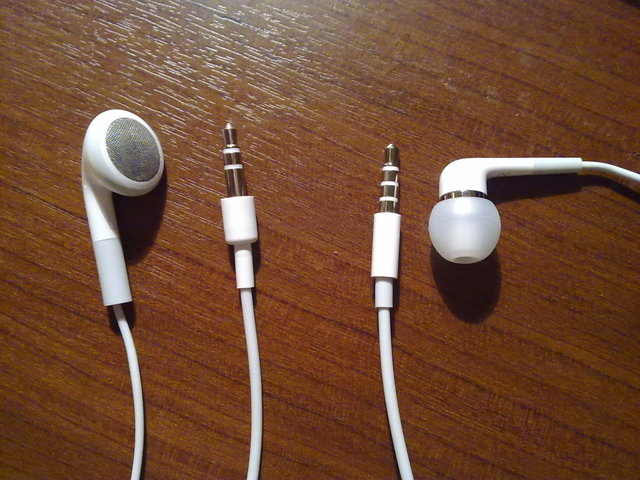
Measuring sustainability’s success might be a hard thing to do, specially for companies that are starting to adapt this concept to their business model and daily operations. In 2013, Sustainable Brands asked for CEO’s, VP’s, Board Members, and CFO’s to contribute with the research and definition of this metrics. But meanwhile, they stated that metrics to measure success of any sustainability innitiative are not only quantitative, but also the ones that help frame the context of how and where organisations operate and interact inside society and the earth. They stated that the following categories of impact are outlined in HIP (Human,Impact, Profit) Investor’s methodologies for rating and ranking sustainability:
- HEALTH
Refers to the mental and physical health and quality of life of staff. It also considers employee engagement and staff satisfaction indicators. I believe this measure is important because people are part of the working ecosystem and, if working conditions are not adequate, it is harder, or even contradictory to claim having a sustainable business model.
2. WEALTH
Refers to the growing income and wealth of employees and contractors. It can be measured by analyzing the ratio of CEO pay to all staff pay. I believe this is an important metric because it indicates balance between effort/work and reward. It makes sure that the increasing work and effort shows a proportional increase in wealth and income of the people involved. If this is not proportional, they are putting much more than what they are receiving back from that extra effort, and that is not a sustainable model because it means that what it’s being done is not working that well.
3. EARTH
Refers to the reduction or optimisation of natural resource usage. This includes the use of water, clean air, and also carbon/greenhouse-gas intensities, land and waste metrics, and lifecycle analysis ratings. Natural resources are a key element of a sustainable strategy and I believe this is the most important metric of all, because taking care of the usage of these elements is what marks the difference in taking care of the planet while also optimising and making better (probably less costly) the businesses’ processes and operations. If natural resources where not being damaged or becoming extinct, there would not be need to create sustainable strategies. Of course I’m not saying these are the only important metrics for sustainable success, but without them, it’s harder to relate the rest of the metrics to the main objective: take care of the environment.
4. EQUALITY:
Refers to the opportunity given to diverse staff or employees to lead and contribute to the company as well as to serve a global population across countries and income levels. I think this is relevant because it takes into account ethnicities, socio-economic status, and gender equality. As mentioned before, people are part of the ecosystem and it’s important to be inclusive in every aspect to make sure that the companies’ efforts are being reached to everyone and not just to an exclusive group. If one group of people is benefited but the rest of the society is not, then we’re not being sustainable or taking care of the environment because the earth and the ecosystem is composed of all of us and when one part of the group is not ok, then it affects the rest of the groups in so many different levels. Companies need to make sure that with their green strategies they’re not making trade-offs than, even they benefit a certain group, damage another one.
5. TRUST
Refers to ethical and transparent behaviours meaning that every bit of information received and given is reliable so it is possible to trust the data for further analysis. If the data used is based on lies or is not completely accurate, then the strategies or conclusions based on this will not be accurate and wise; they’ll be based on fake facts and this could affect things in a negative way, and possibly make things even worse.
Of course these are very general metrics to measure sustainability success but they help to get a big picture of what it means to succeed and in this area and the factors and elements that need to be considered and that interact with each other, making them dependent on each other.


